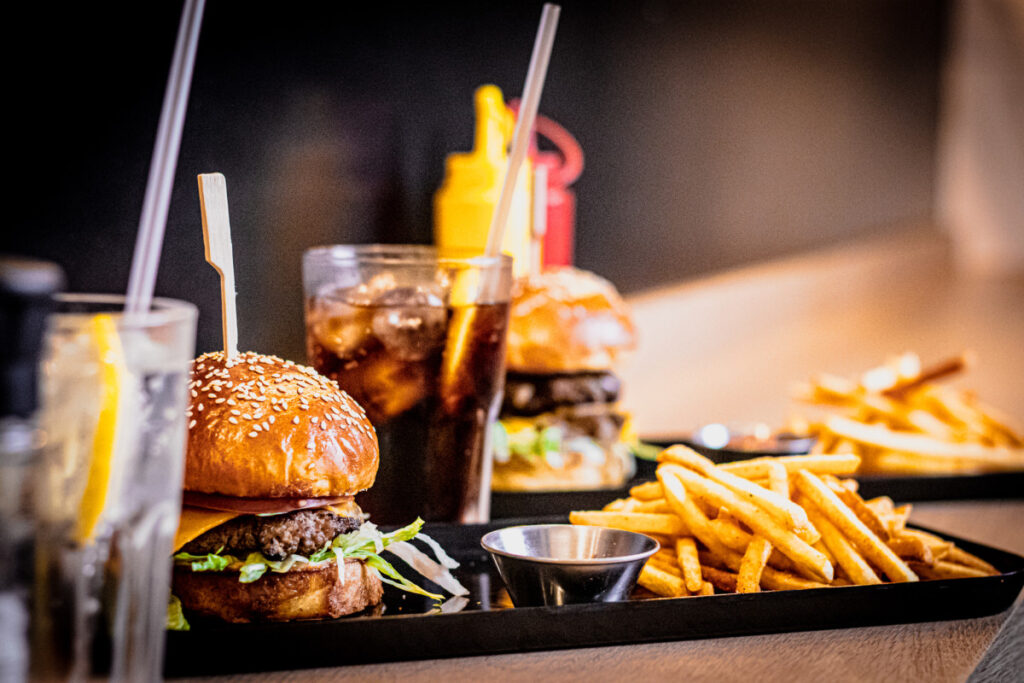When dining out, we generally adhere to a personal guideline of seeking establishments that boast at least a 3.6-star rating. This threshold emerges from a blend of experience and caution. While it’s undeniable that some hidden gems can be found in less-than-ideal venues, including those that may be dingy or cluttered, we’ve come to trust that reviews often reflect the truth about a dining experience. It’s not merely about avoiding the common pitfalls, such as receiving an unsavory surprise—like an unexpected bug leg in your food—but ensuring a more pleasant overall experience. Thus, our approach to selecting restaurants is quite deliberate, based on a careful evaluation of their ratings and reviews.
In today’s dining landscape, the diversity of opinions vividly demonstrates the polarizing nature of restaurant experiences, particularly as reflected in platforms like Google Reviews. A typical local burger joint might reveal a mix of adulation—highlighting crisp fries or a prized secret sauce—and sharp criticism that cautions against ever setting foot inside. This dichotomy is striking, exposing both the passion and pitfalls of culinary critiques. More than just a tool for choosing where to eat, these reviews mirror the complexities of food culture, where preferences are subjective, and significant divisiveness can emerge over seemingly simple dishes.
Fast food joints, particularly, often bear the brunt of negative commentary. Chains such as Wendy’s and McDonald’s frequently find themselves at the center of this scrutiny. Yet a recent analysis by CouponBirds, a platform dedicated to coupons and discounts, aimed to discern which of these chains truly ranks as the least favorable among consumers. This research encompassed over 160,000 individual restaurant reviews, ensuring a bulletproof methodology that calculated chains’ ratings based on a weighted average, thus mitigating bias that may come from higher review volumes.
The findings of this intriguing study awarded Taco John’s the dubious distinction of being the “worst” restaurant chain in America, outperformed by other competitors in the fast-food landscape. The chain garnered an average rating of 2.61 out of five stars, marking it the lowest among those analyzed. Following closely behind in terms of low ratings were McDonald’s with 2.75, Bobby’s Burgers at 2.84, Whalburger’s operating within Hy-Vee stores at 2.85, and Popeyes registering at 2.90. These results prompt a reconsideration of consumer sentiment towards these popular joints, illustrating that notoriety can indeed carry a weighty stigma.
Conversely, the study also unearthed the chains deserving of accolades, with Chick-fil-A notable for its superior rating of 3.95, further establishing its reputation as a favored dining choice among customers. Not far behind was Five Guys, coming in second with 3.85, resonating well with burger enthusiasts. This juxtaposition of ratings emphasizes that while some chains struggle under the weight of negative reviews, others stand testament to customer satisfaction, revealing particular favorites in a competitive dining environment.
Ultimately, the art of choosing where to eat involves a careful balance between personal preferences and the often tumultuous sway of public opinion. Whether one opts to adhere strictly to numerical ratings or engages in a playful exploration of the unknown culinary realms, the experience remains distinctly personal. As we reflect upon the curated findings regarding fast-food chains, there’s a lingering question: with such varied assessments in the dining world, is anyone else suddenly yearning for a taco or burger from a place they might have otherwise overlooked? Indeed, the quest for a gratifying dining experience never truly ceases, and our appetites may lead us down unexpected paths.

